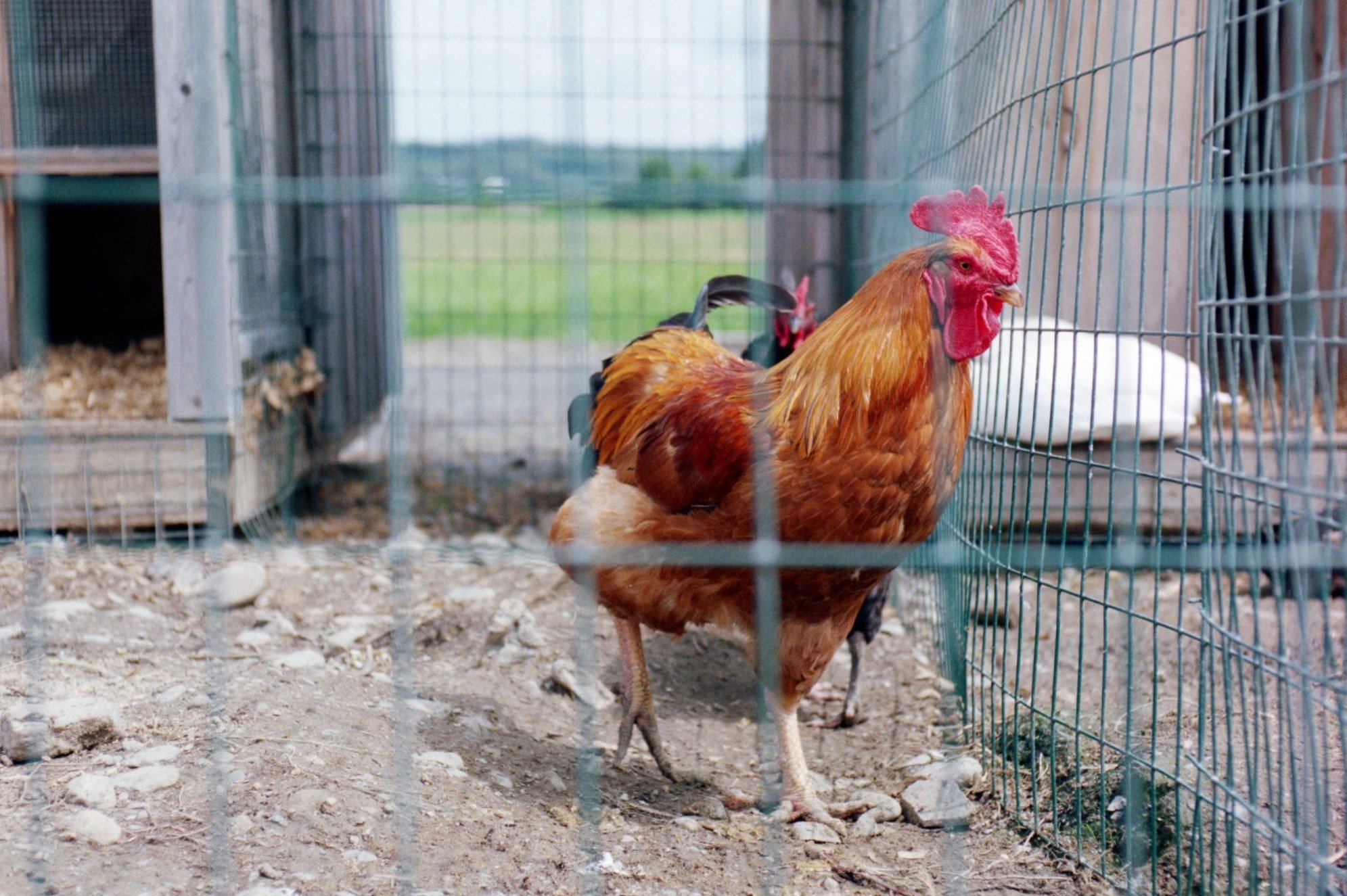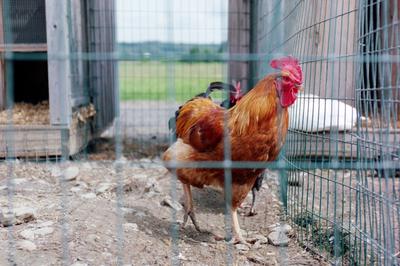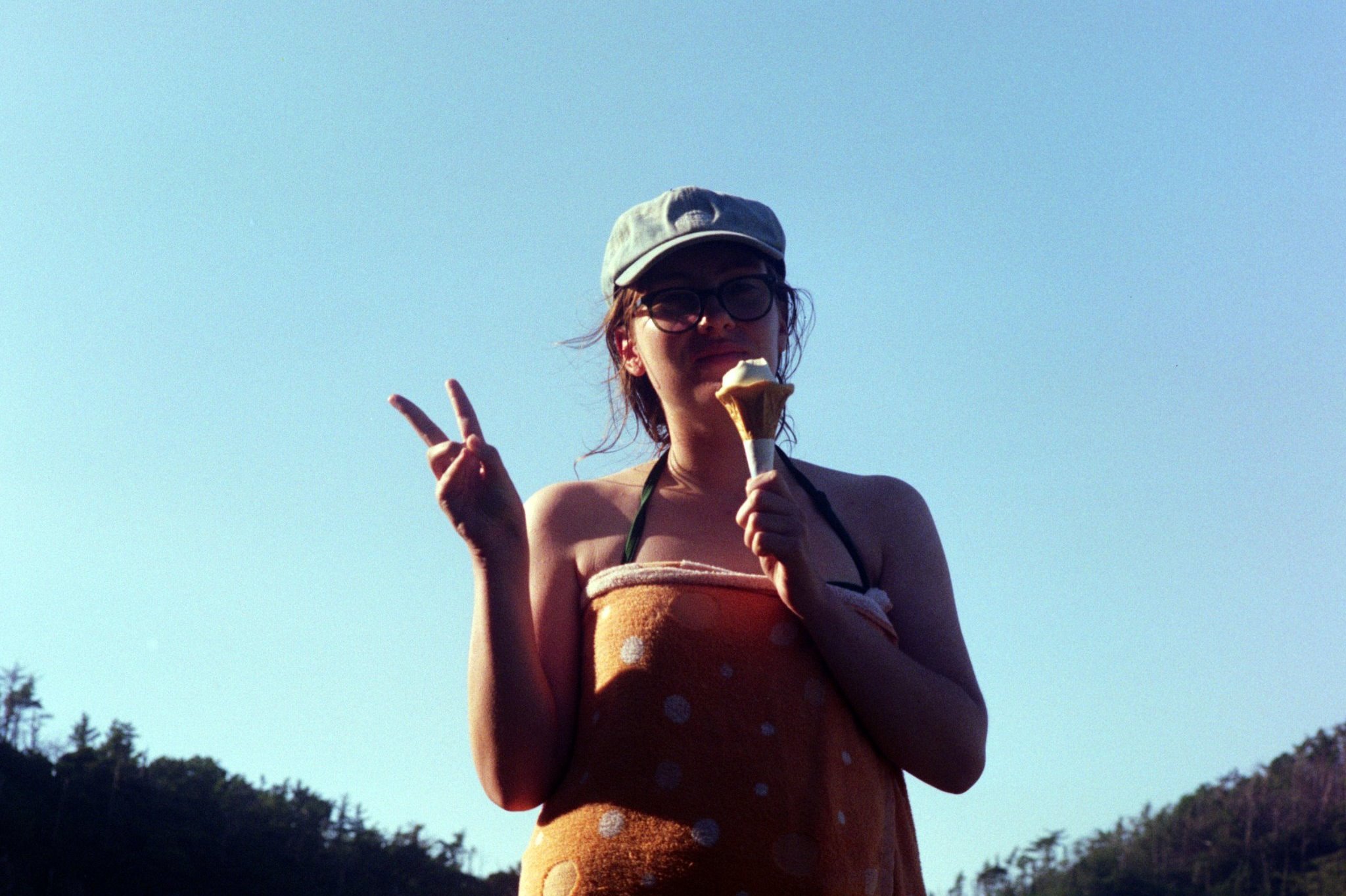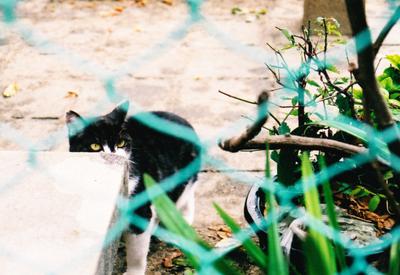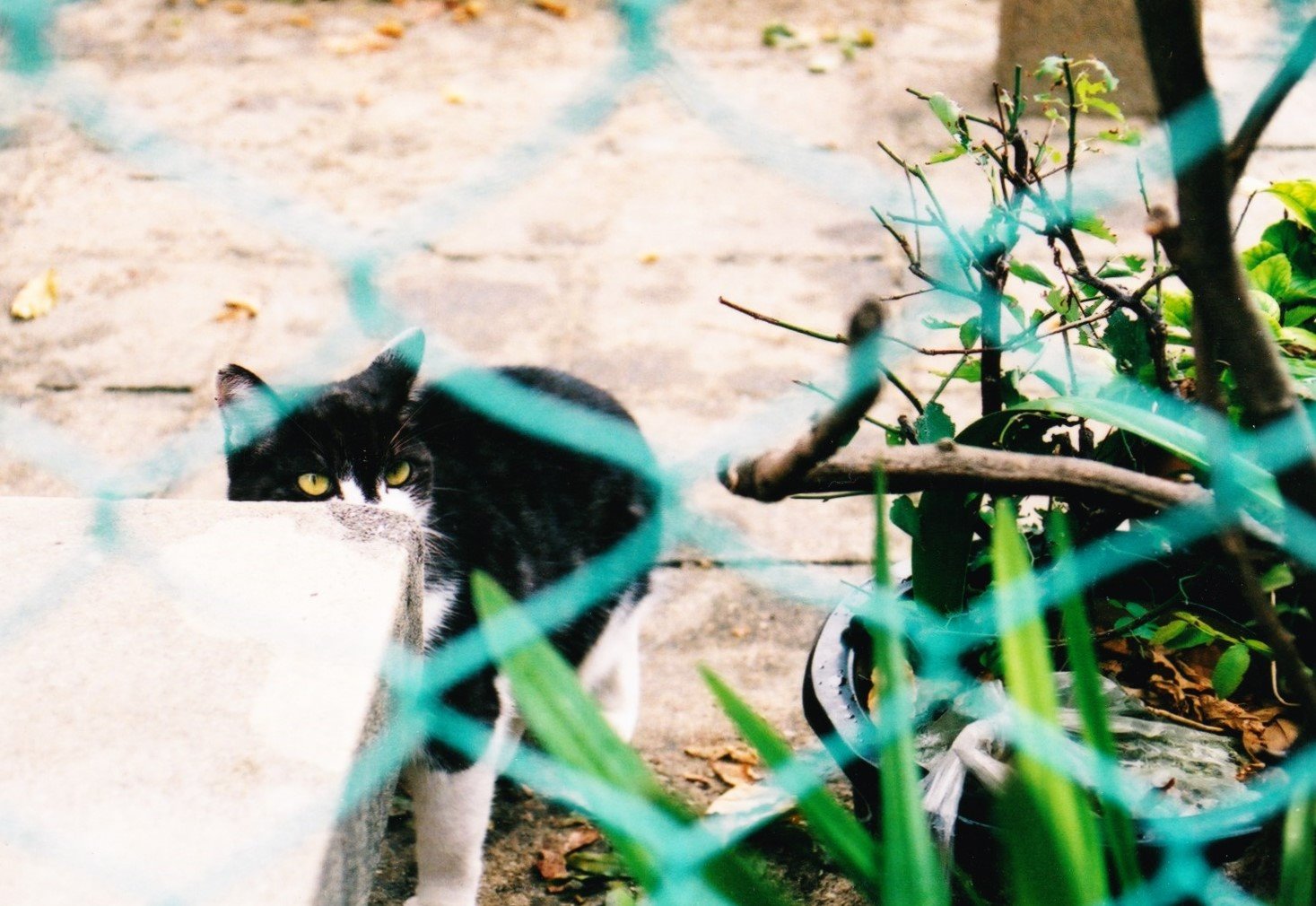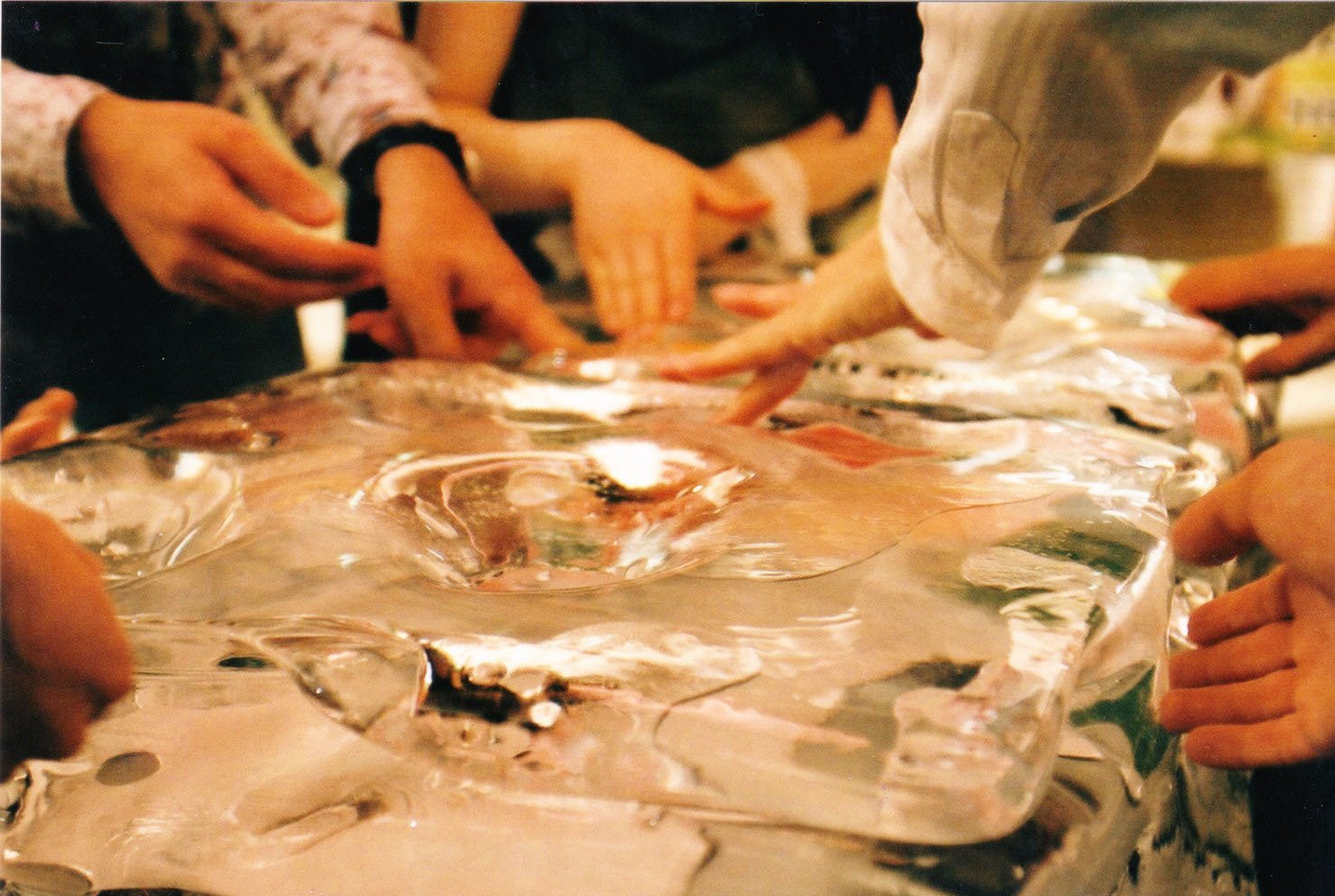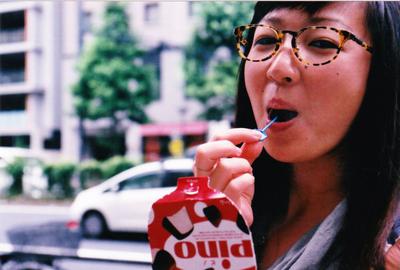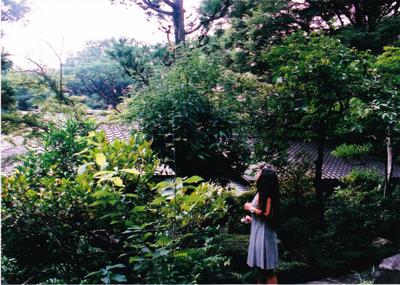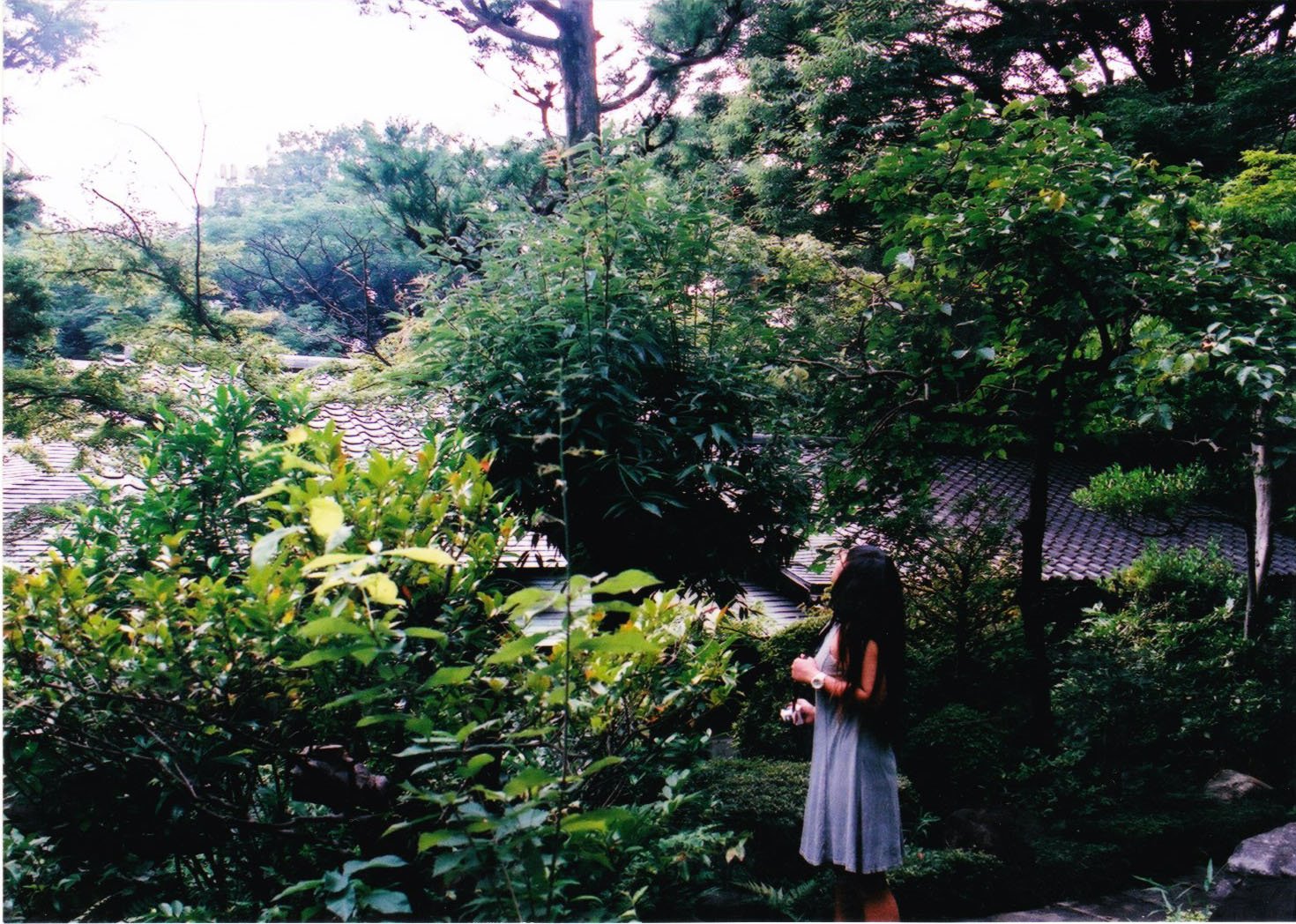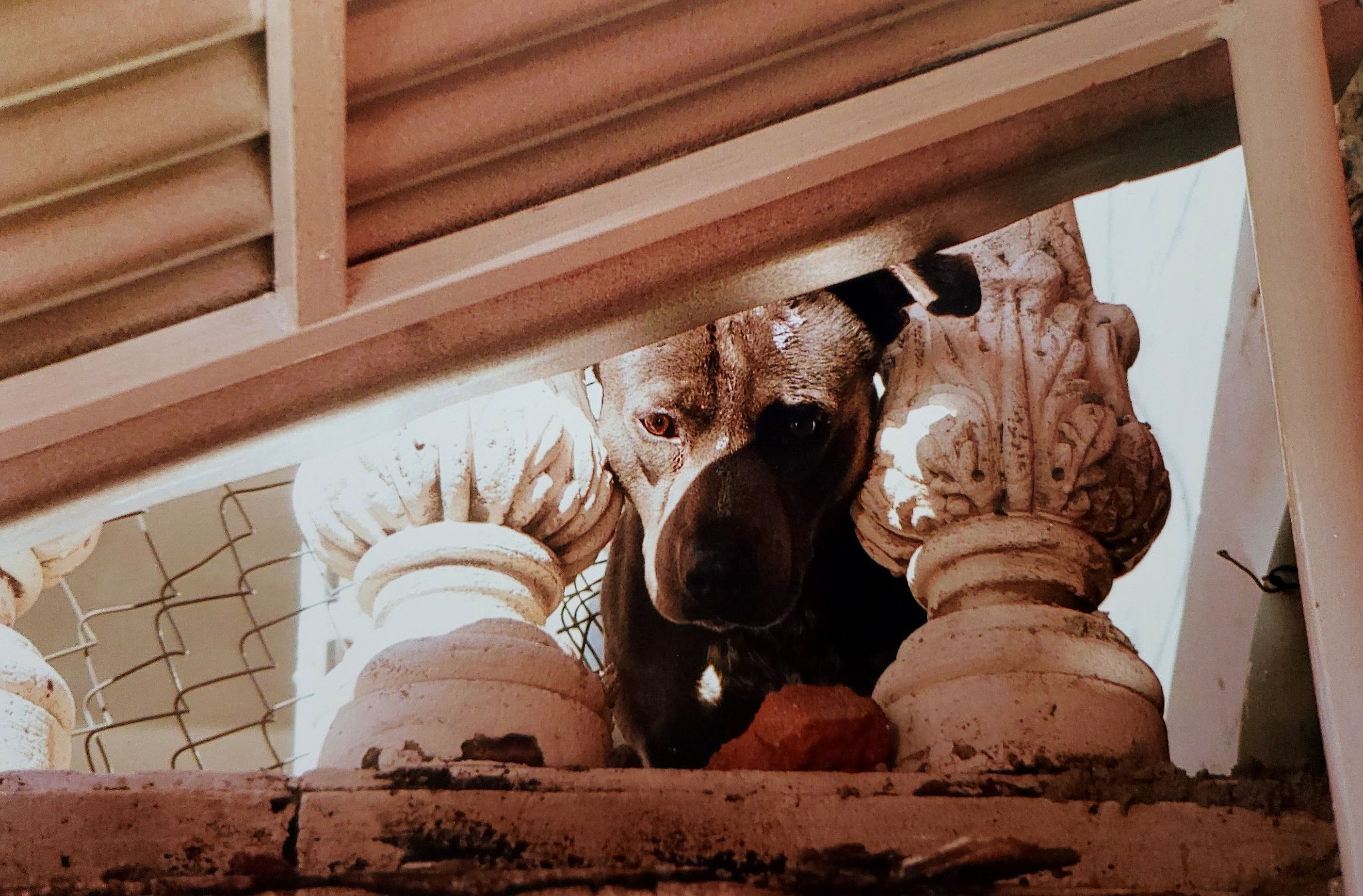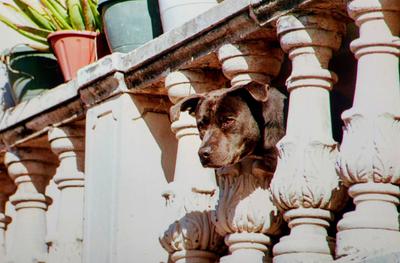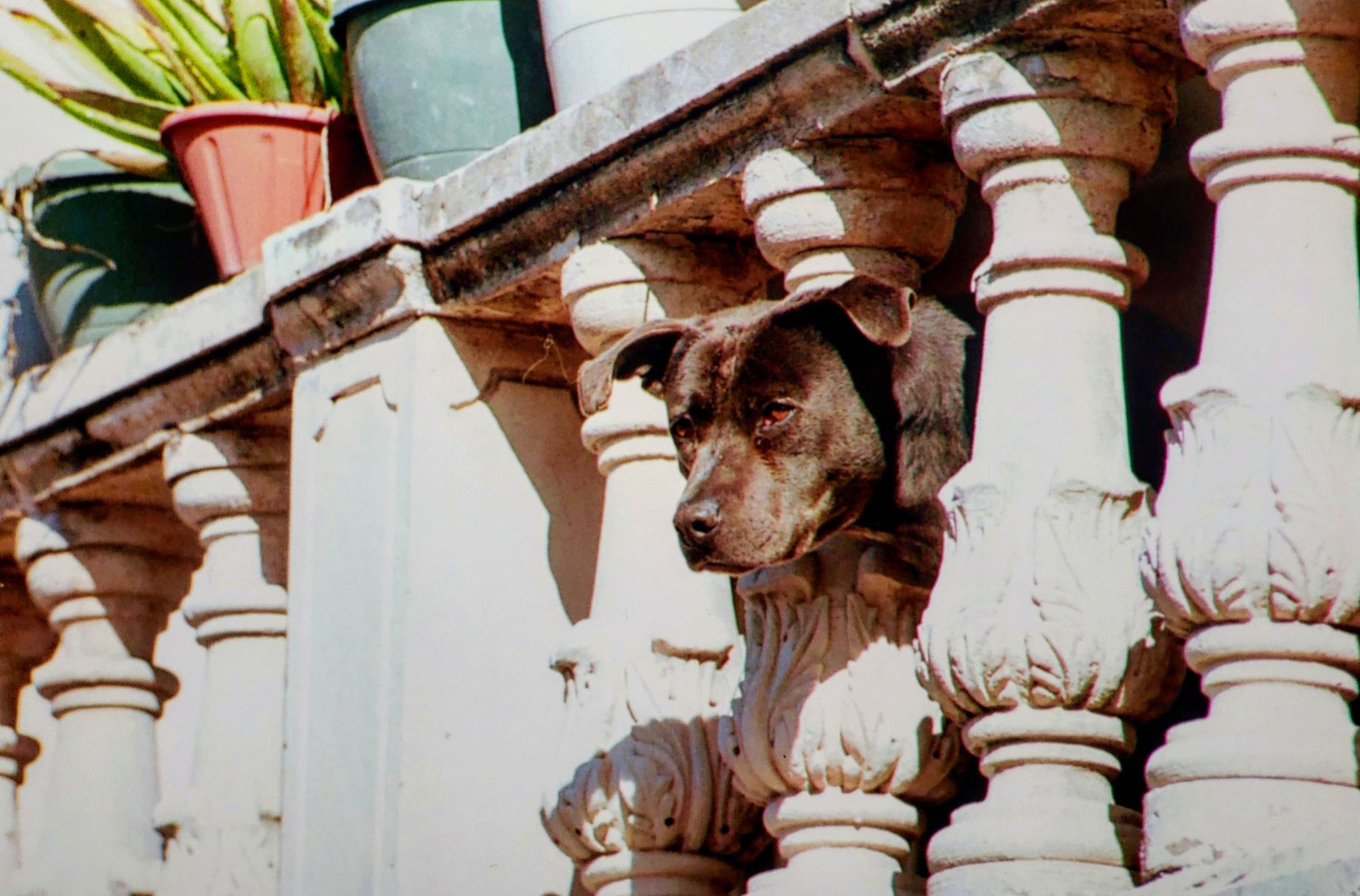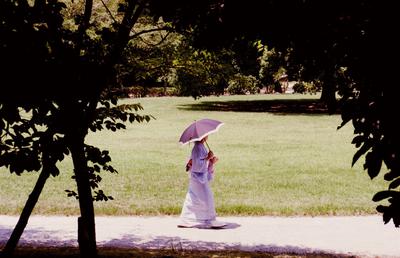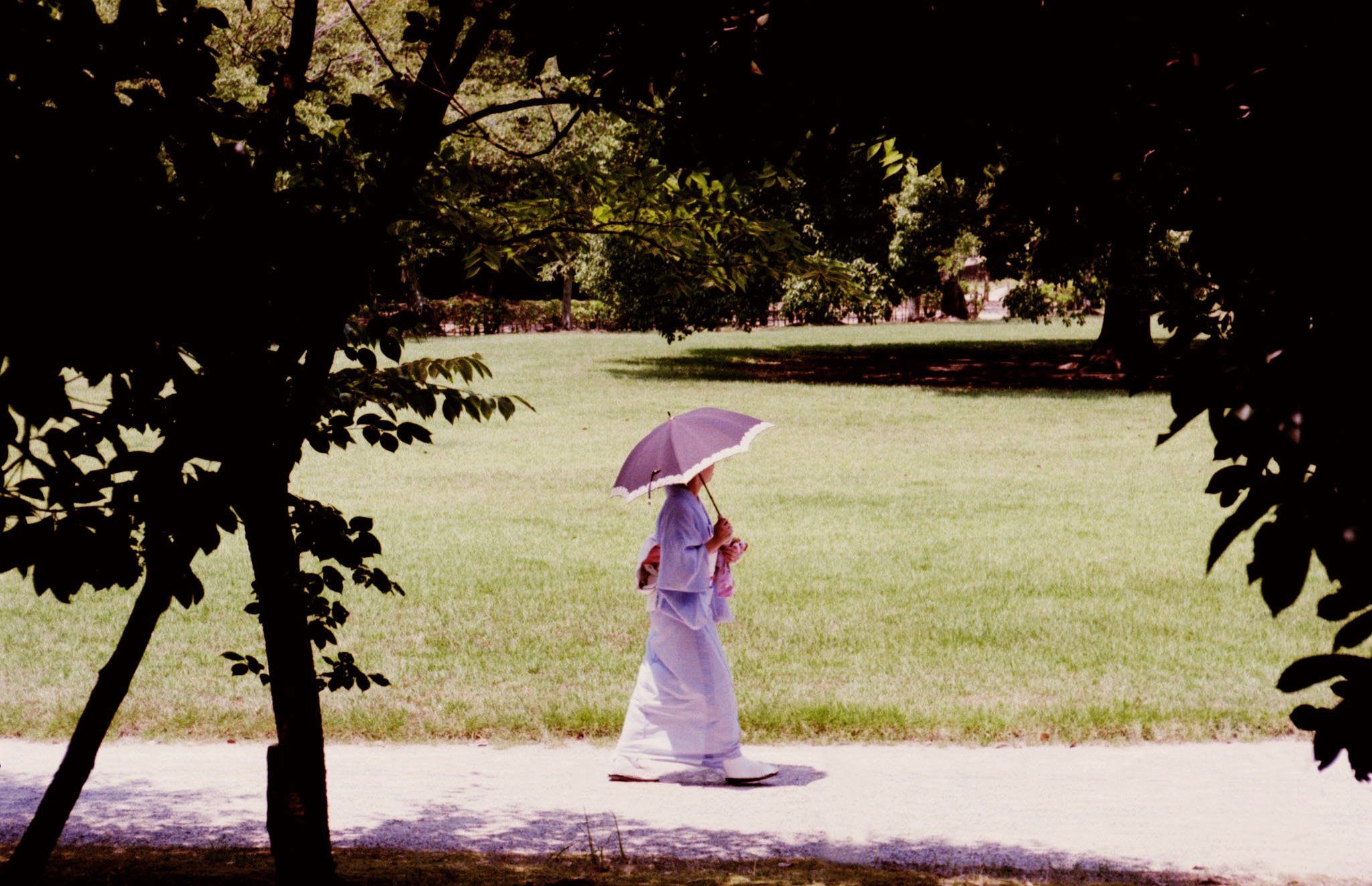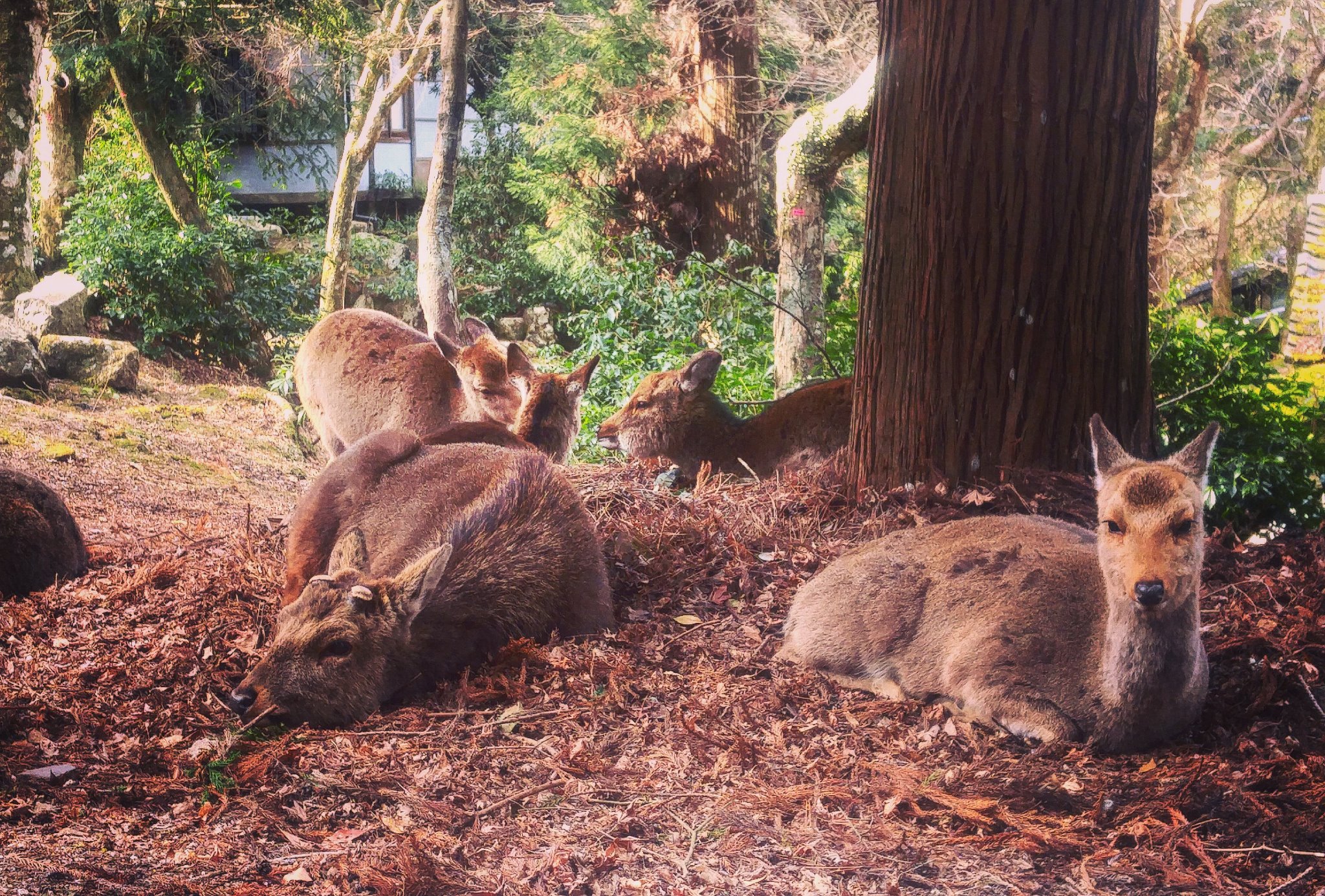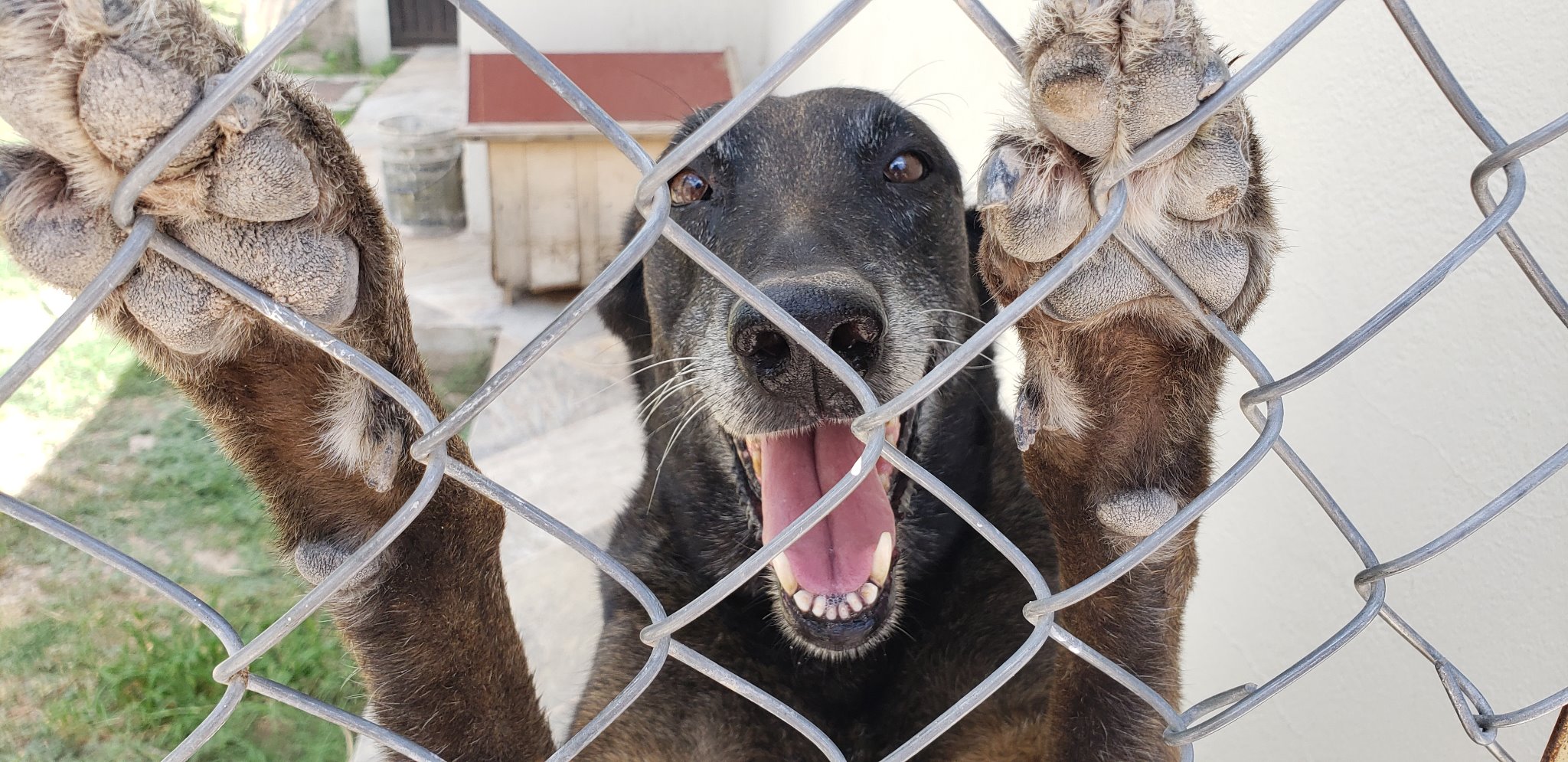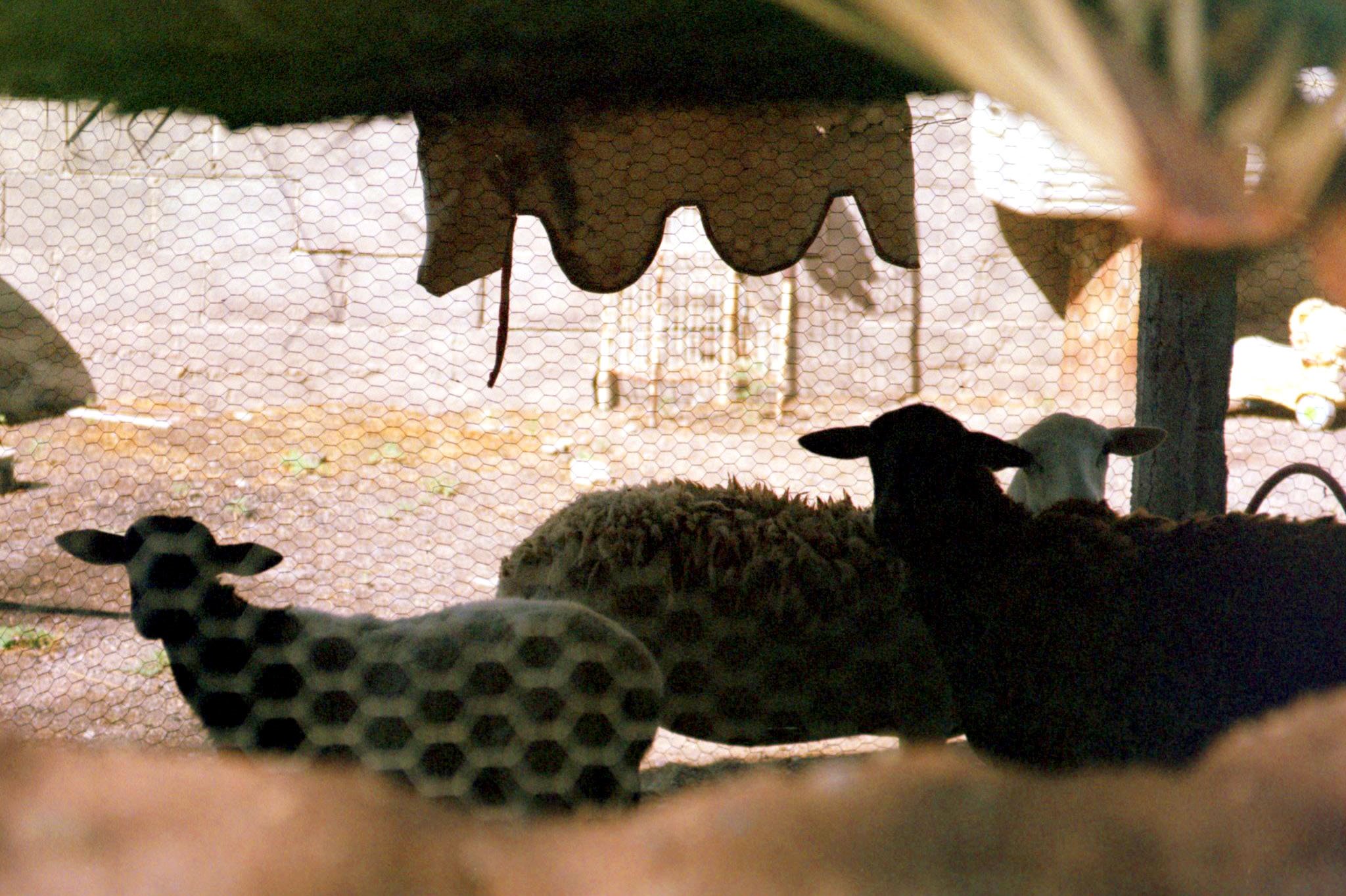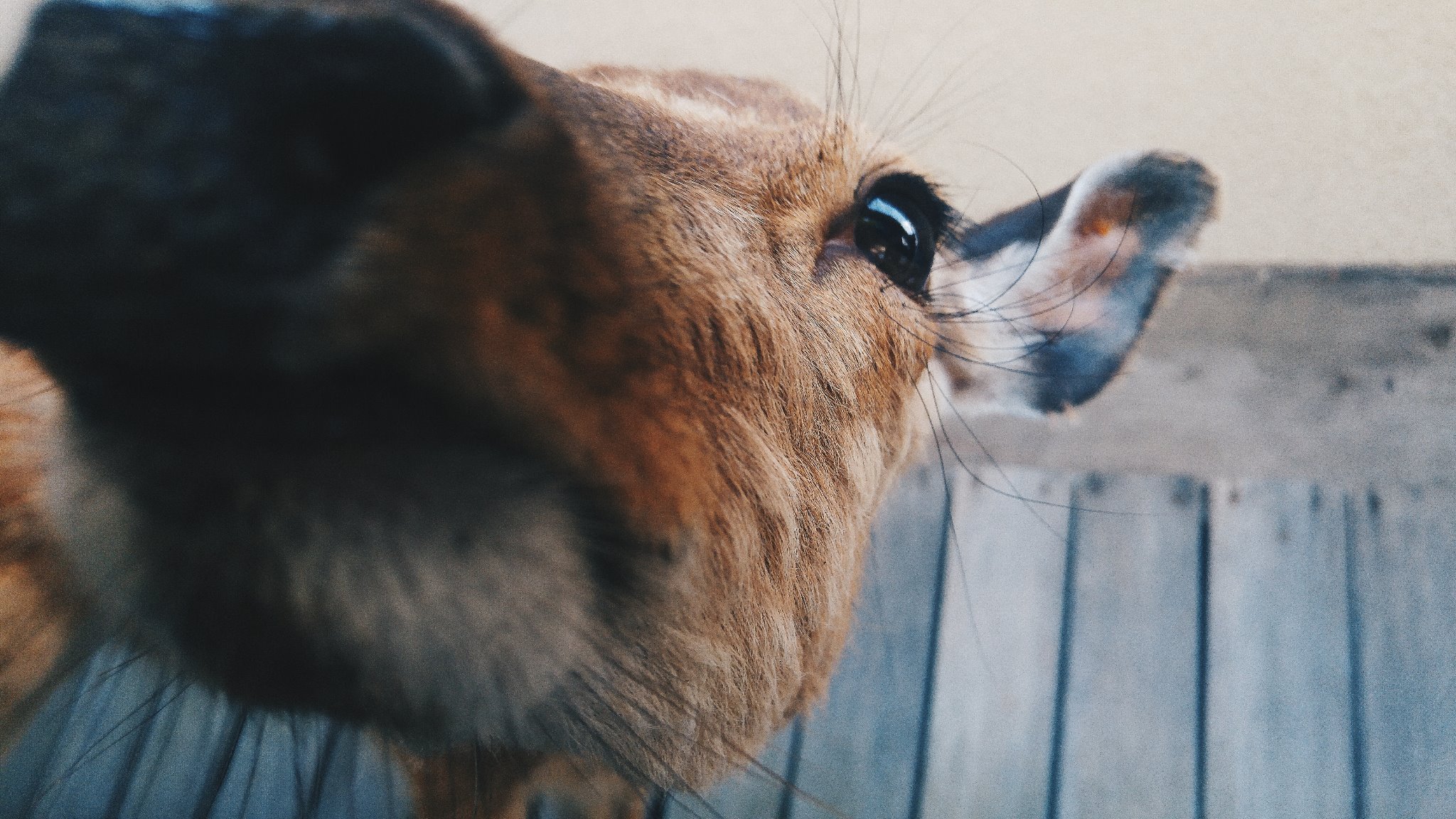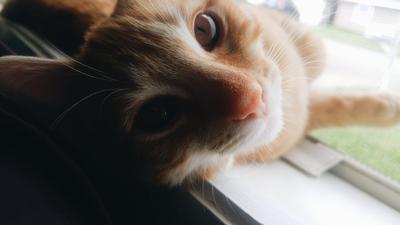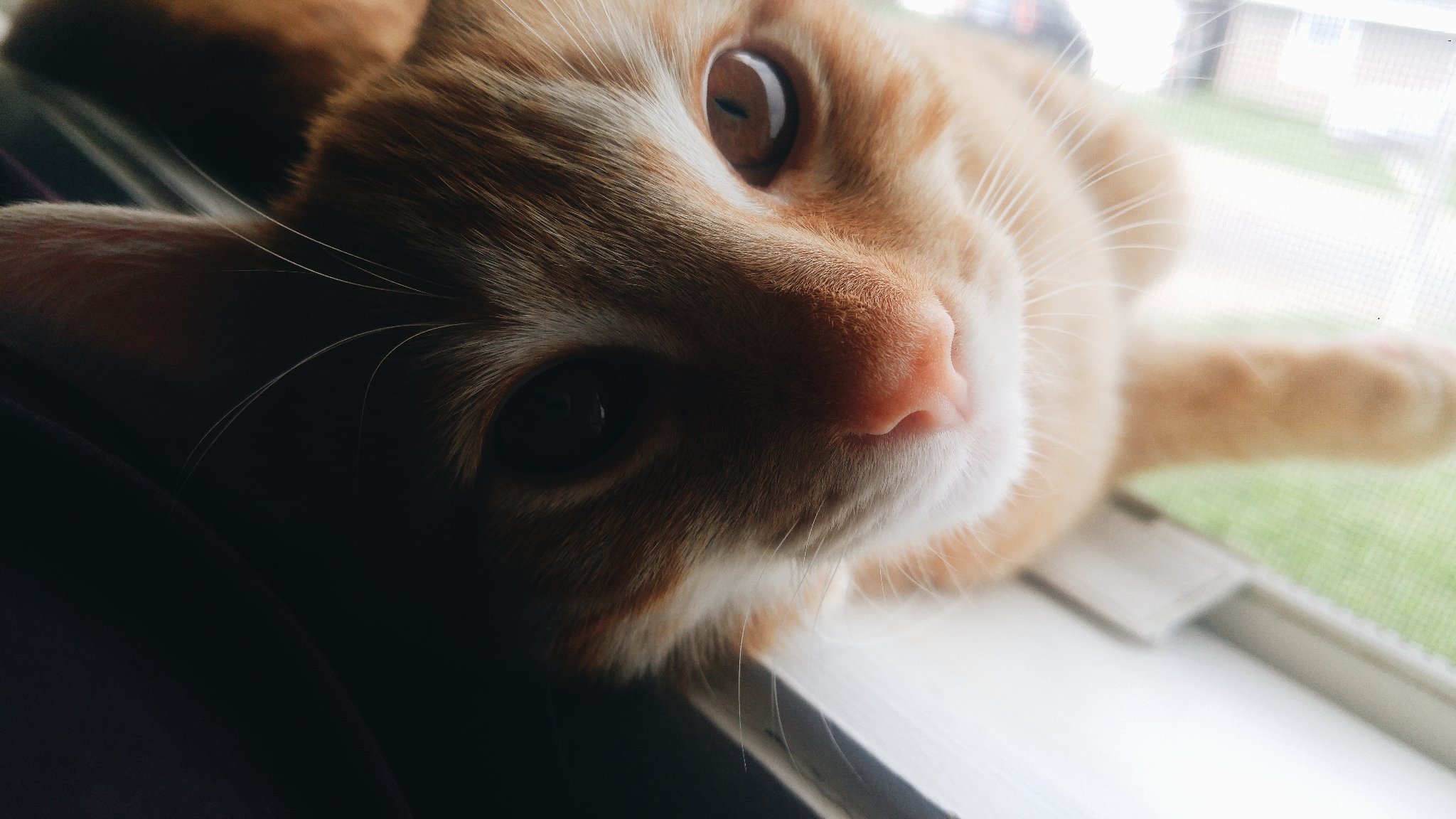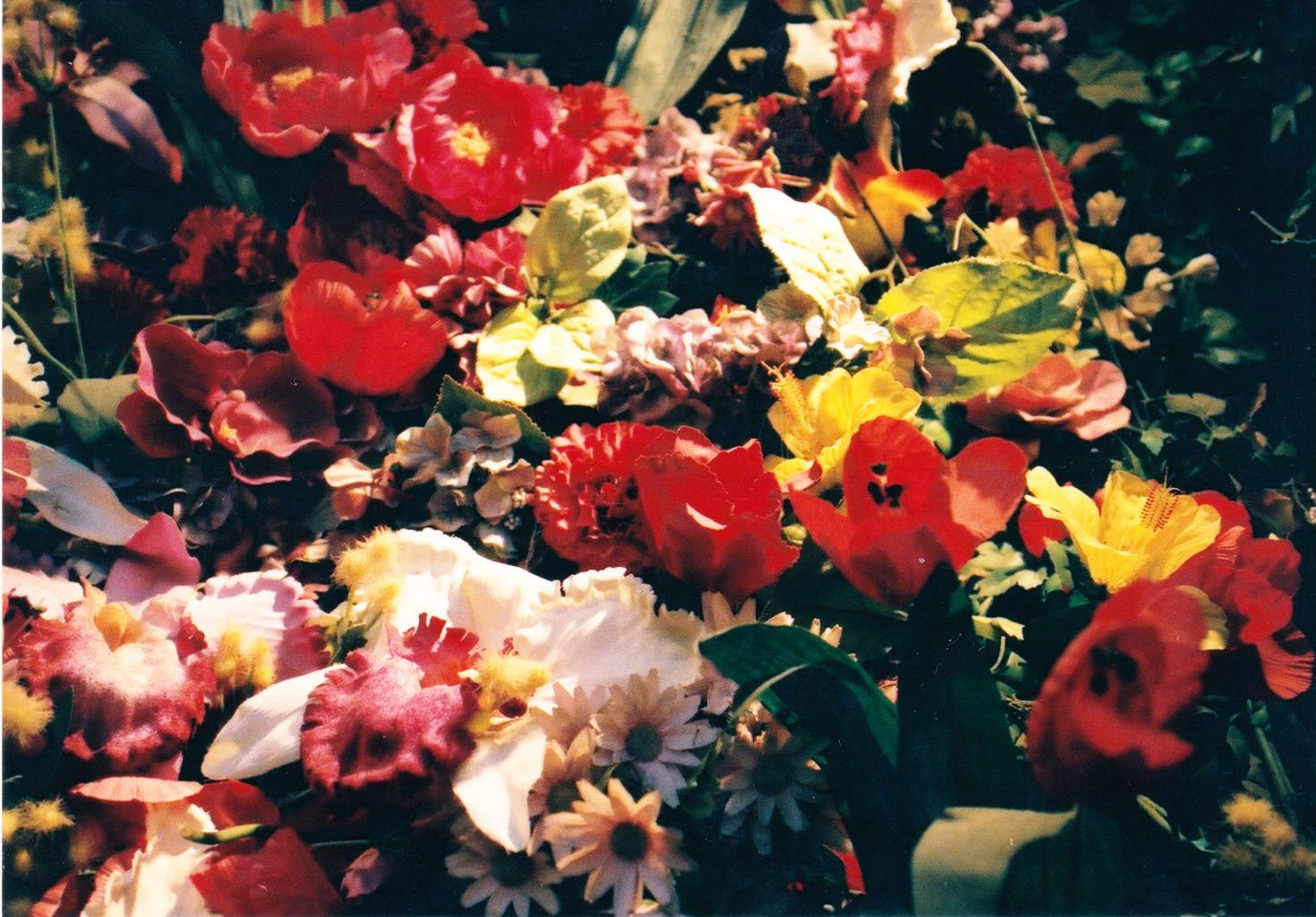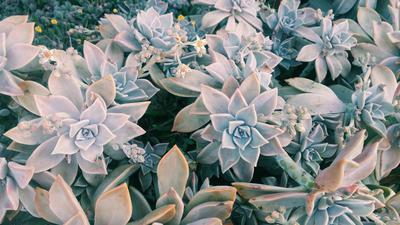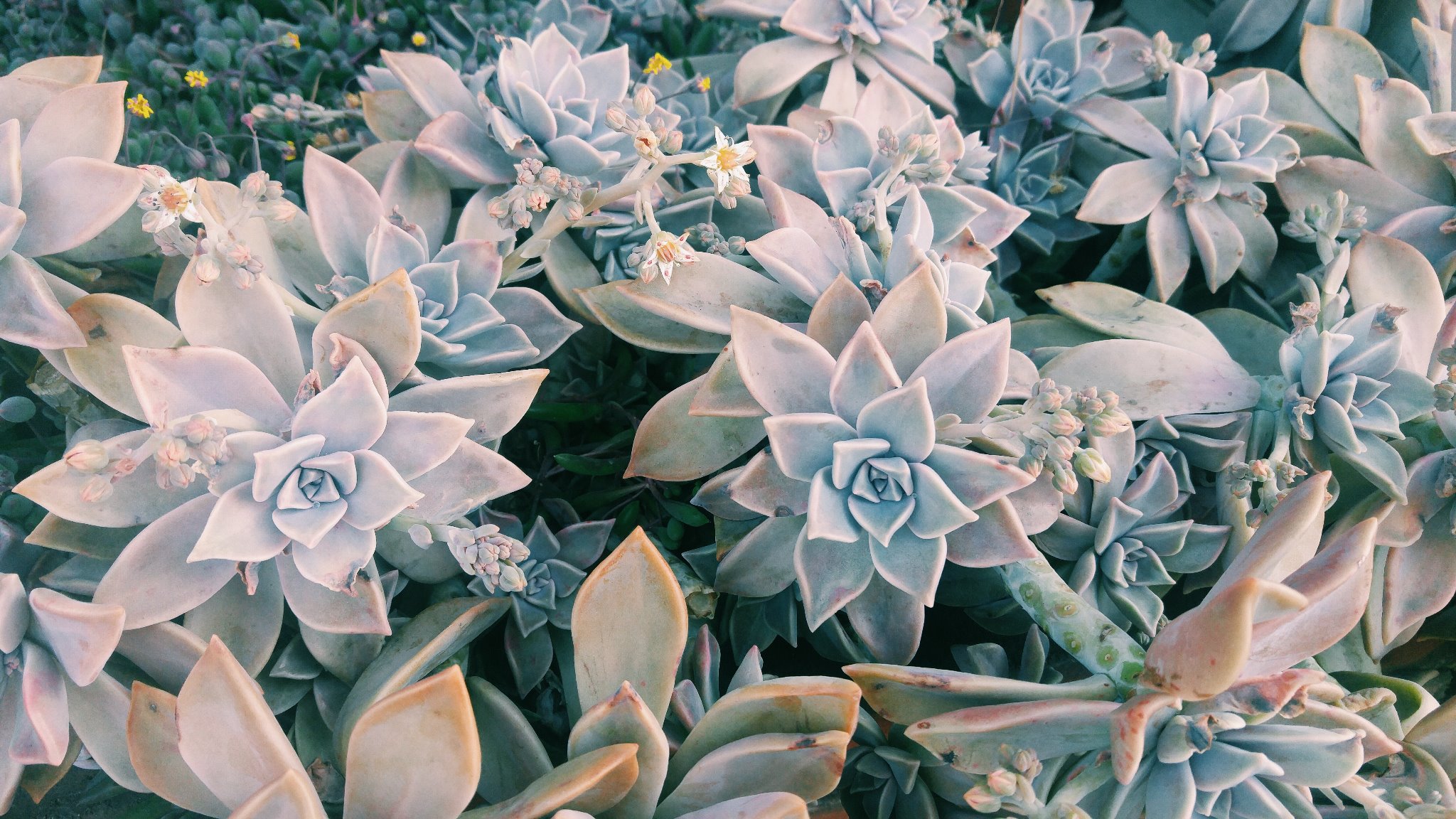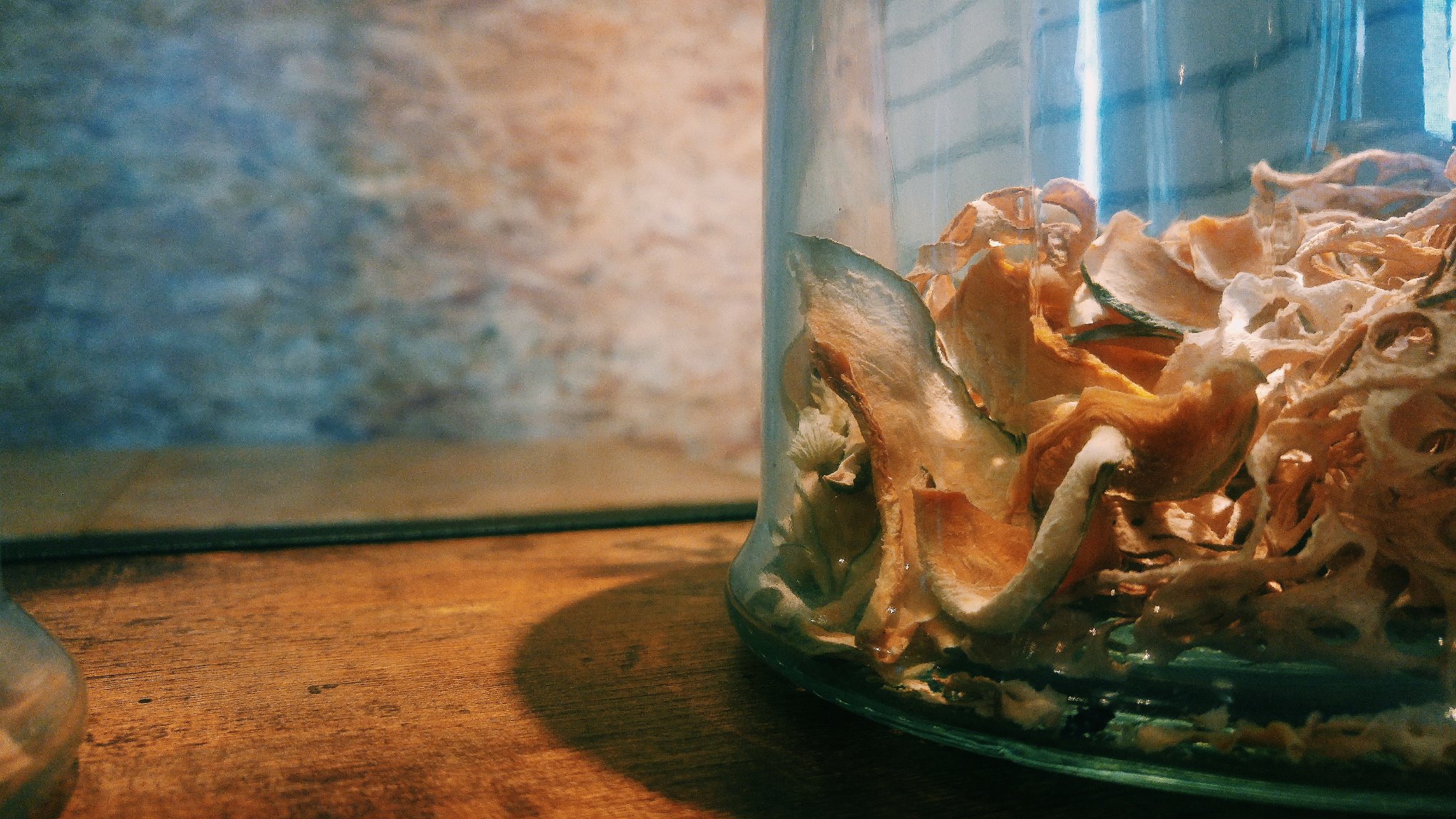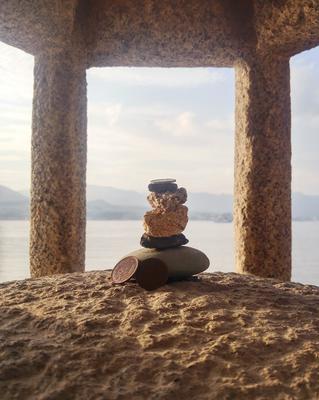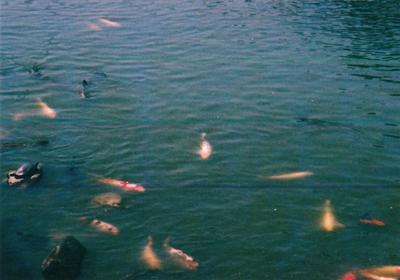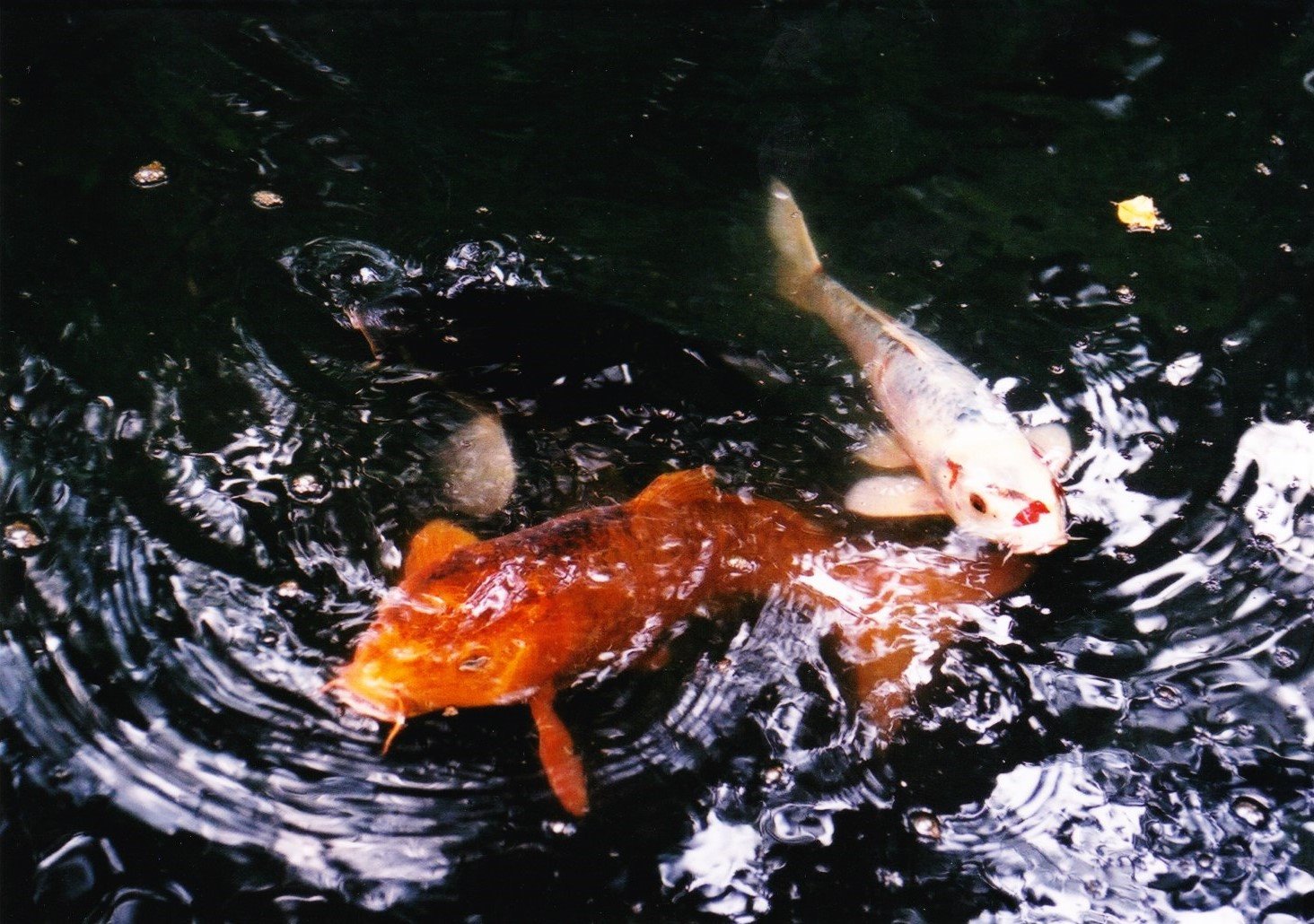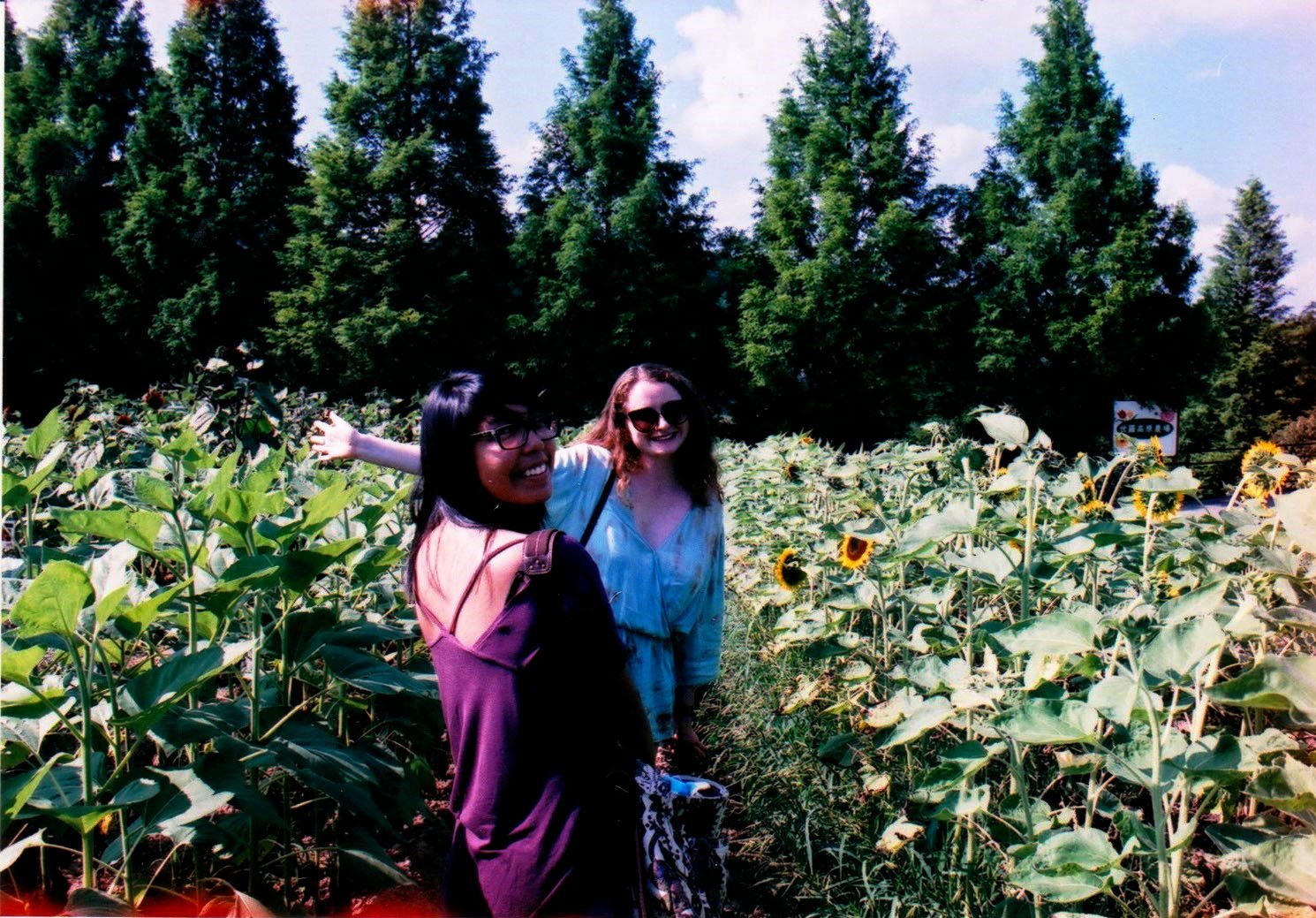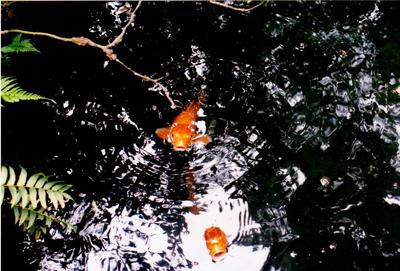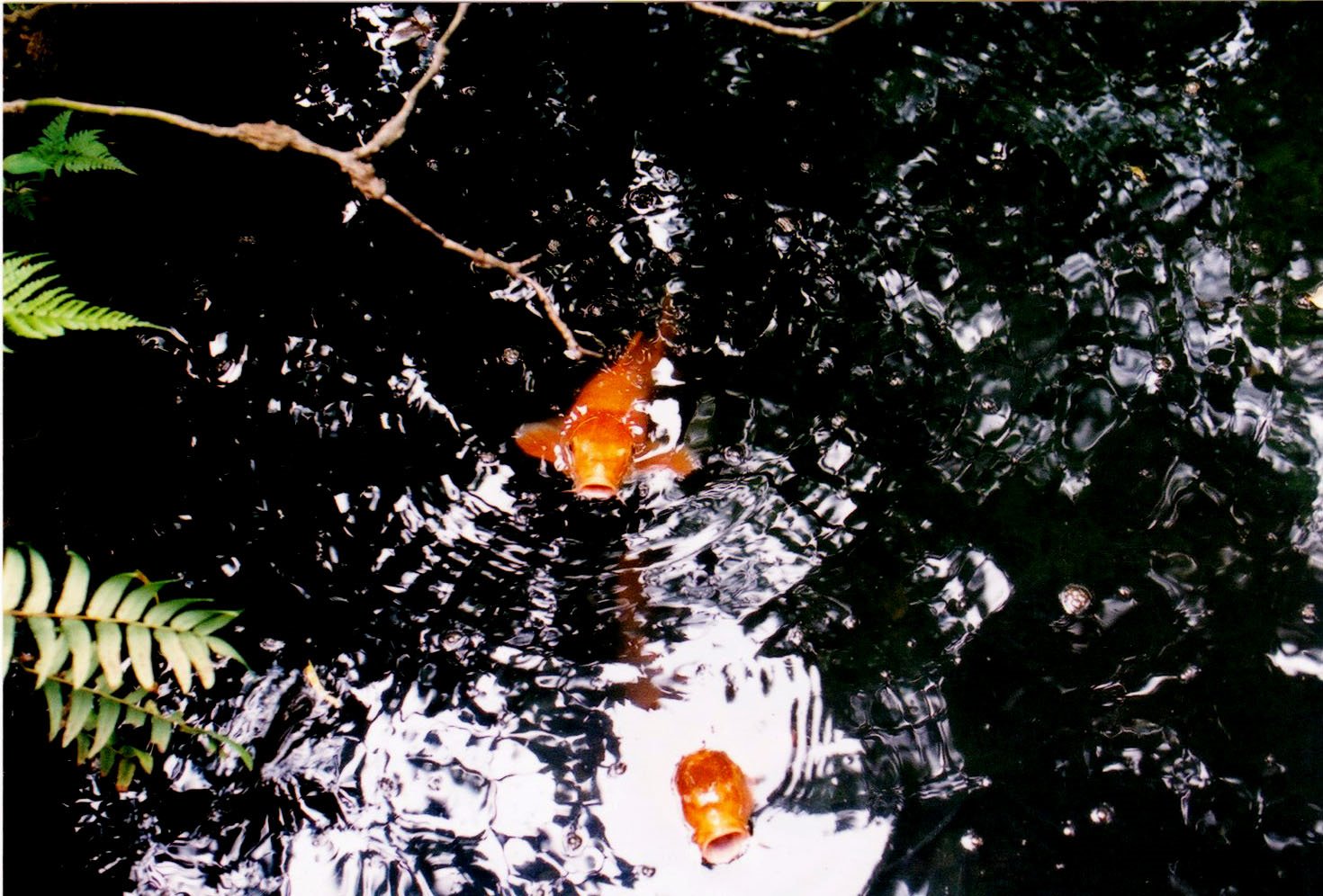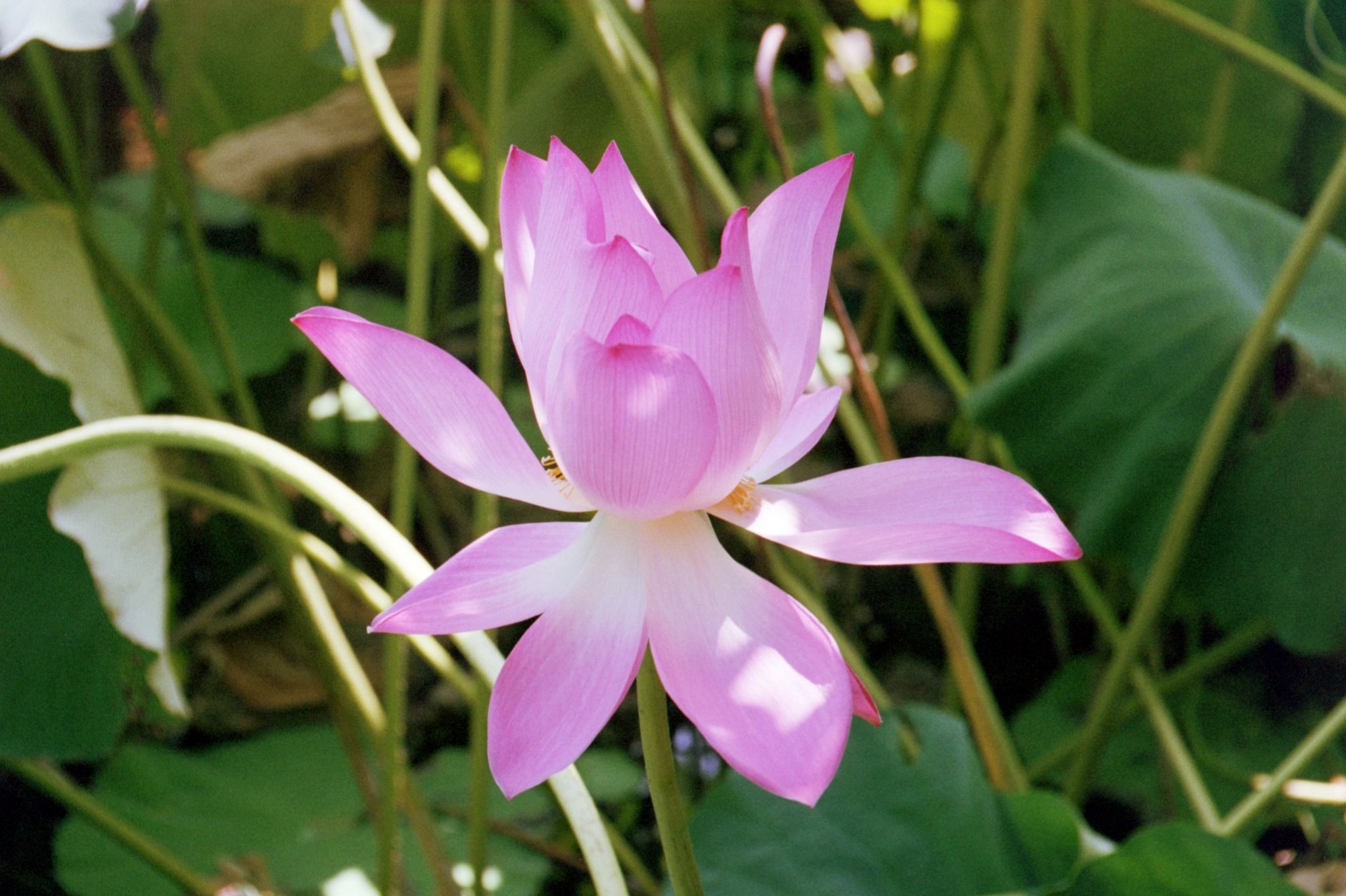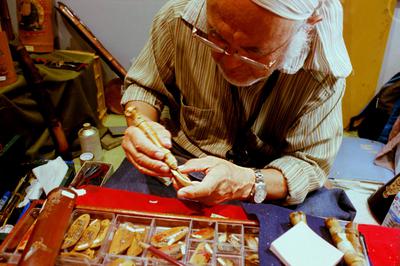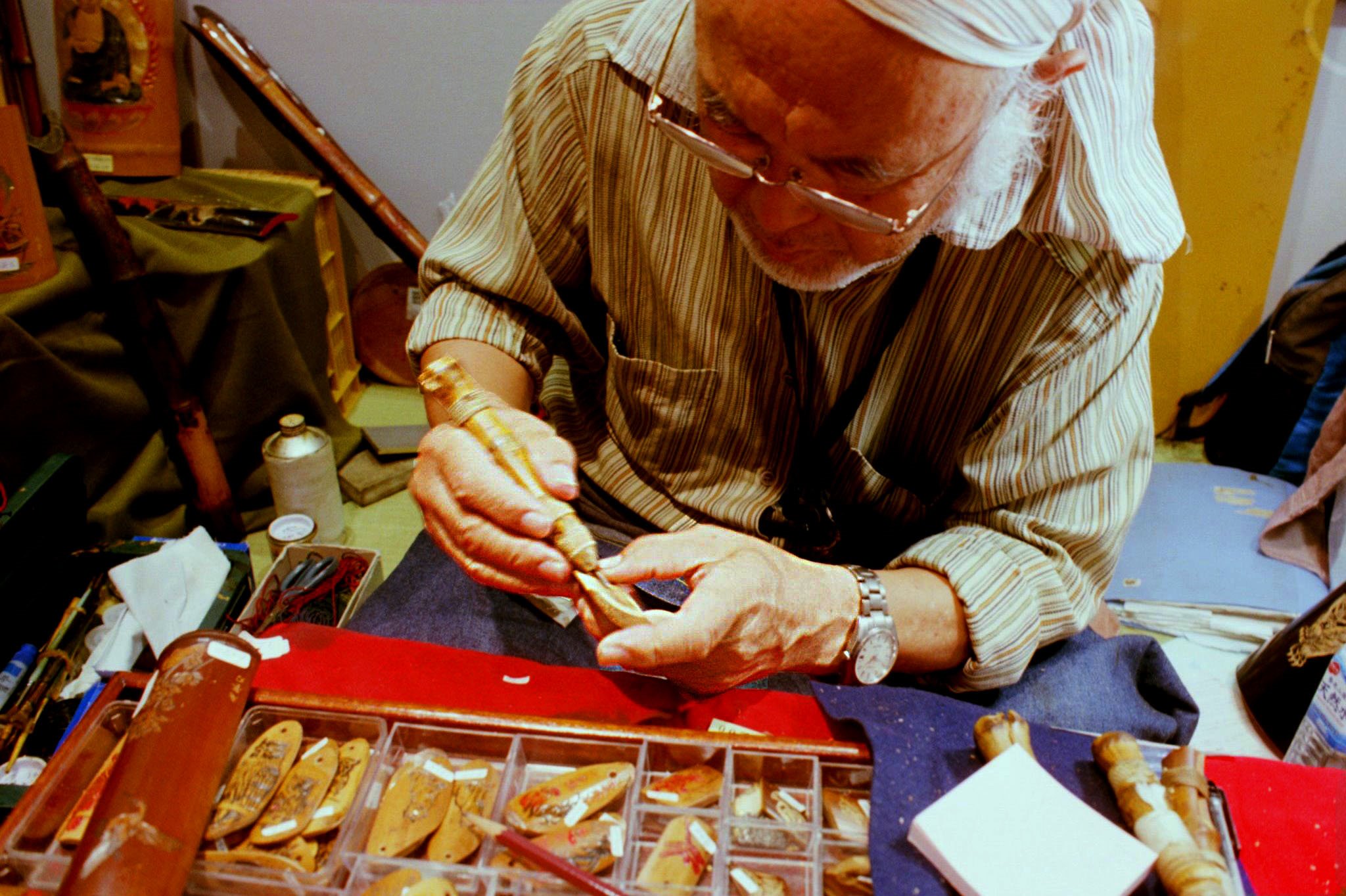The Animal Kingdom | The Natural World
Animals—human or not—are in constant movement, even standing still. A flicker of the eyes; a smile; fingers and toes tapping to a nice sound. Spines stretching, mouths yawning as the morning sun rises. Animals flicker and move in ways that are either noticed or not. Movement is a sign of life, of living. These photos were an attempt to capture such moments.
In contrast, still-life presents the dual and simultaneous existence of life and death. Inanimate subjects such as flowers, plants, and fruit all teem with life on the inside and away from the human eye: cells split apart, water is absorbed by roots and moves upwards into thirsty cavities, leaves convert nutrients and water into glucose (sugar) which is re-absorbed as energy. The cycle of life never stands still but when we take a photo of a living thing, its life is frozen, framed, and pasted. It is, in that brief moment, dead to us, the viewer. Preserved for our visual pleasure until our end of time. Still-life photography should really be called Afterlife photography.
